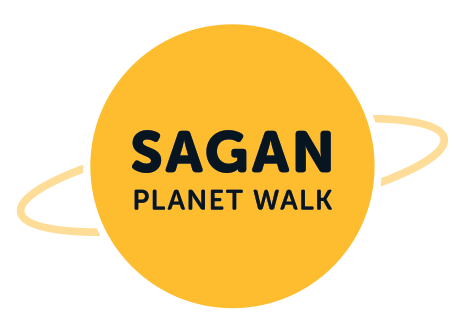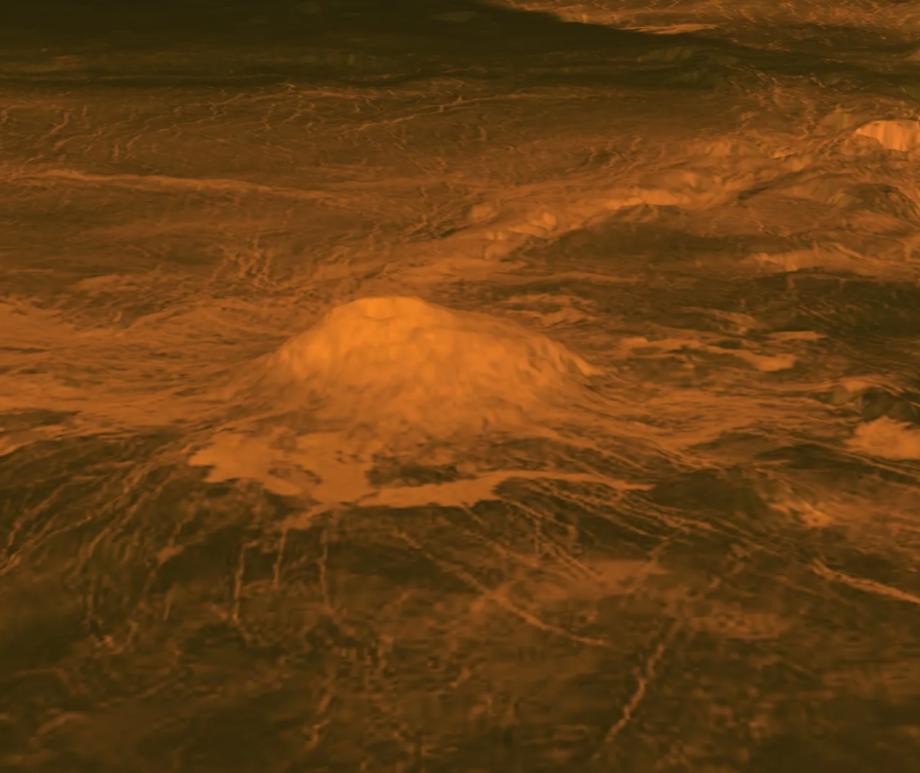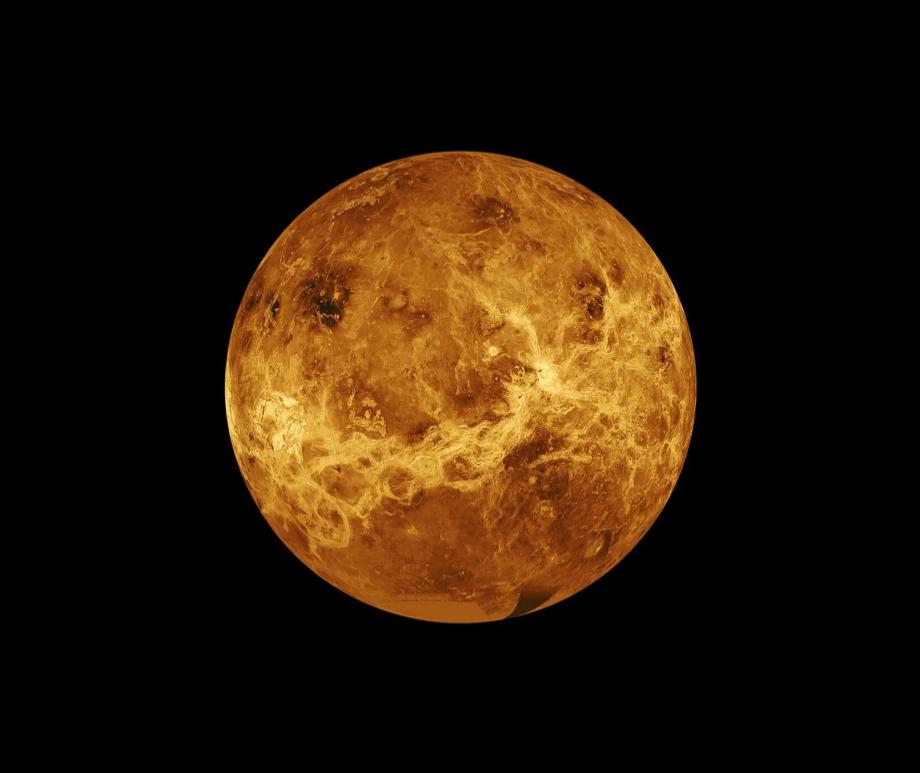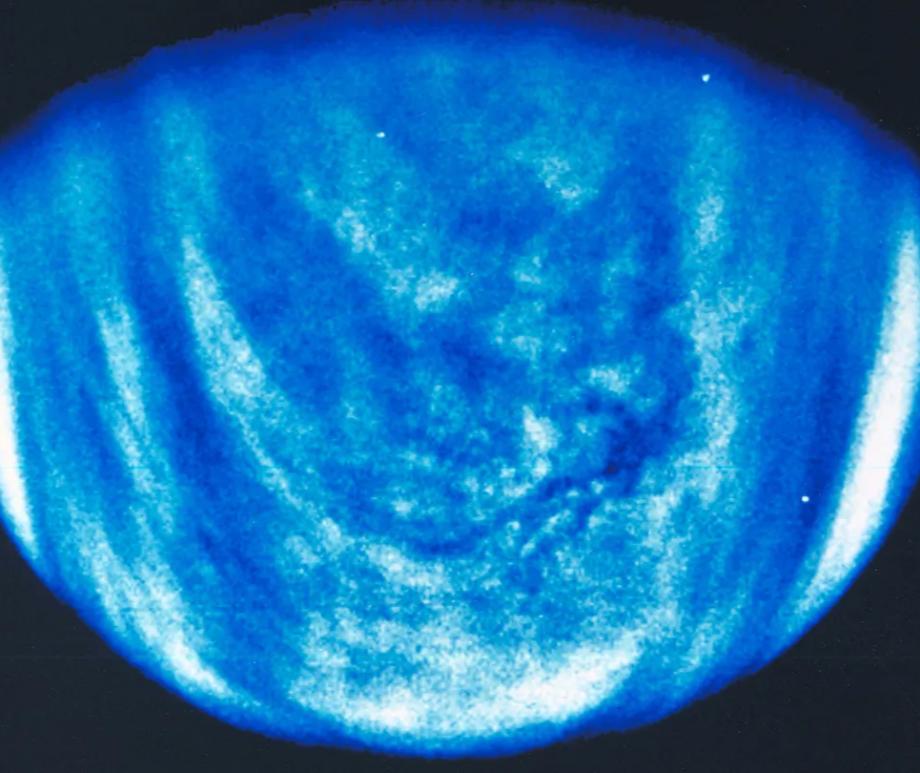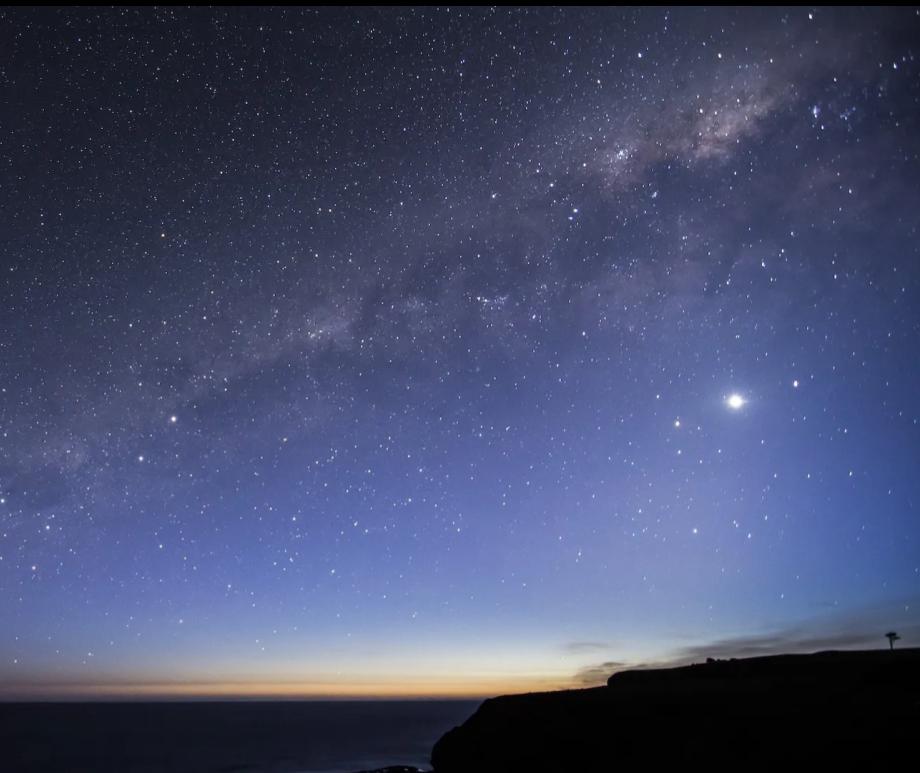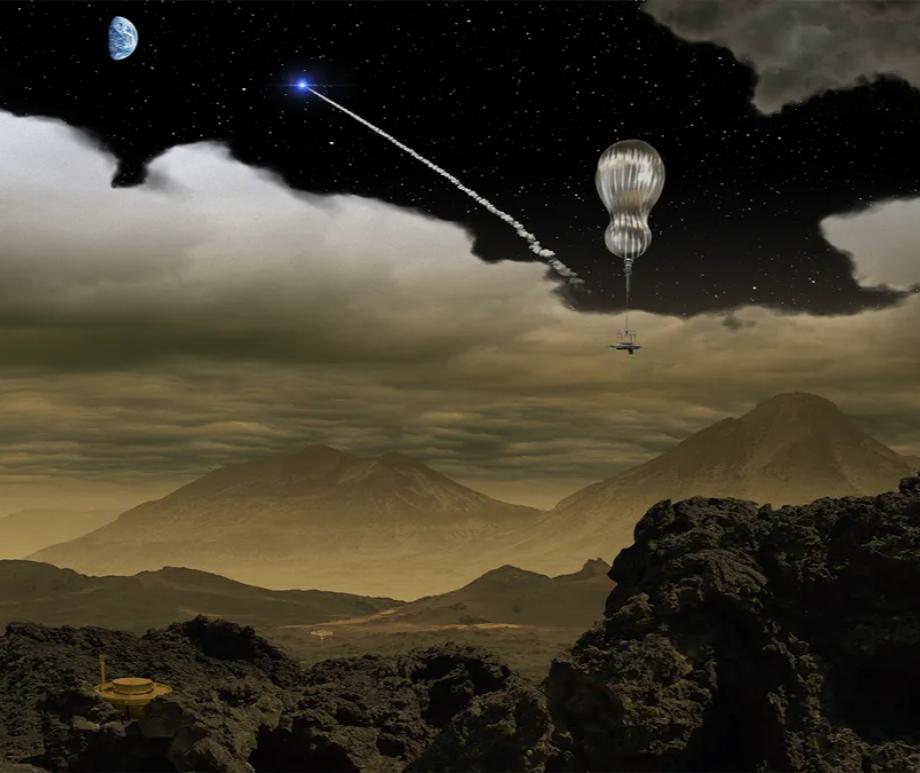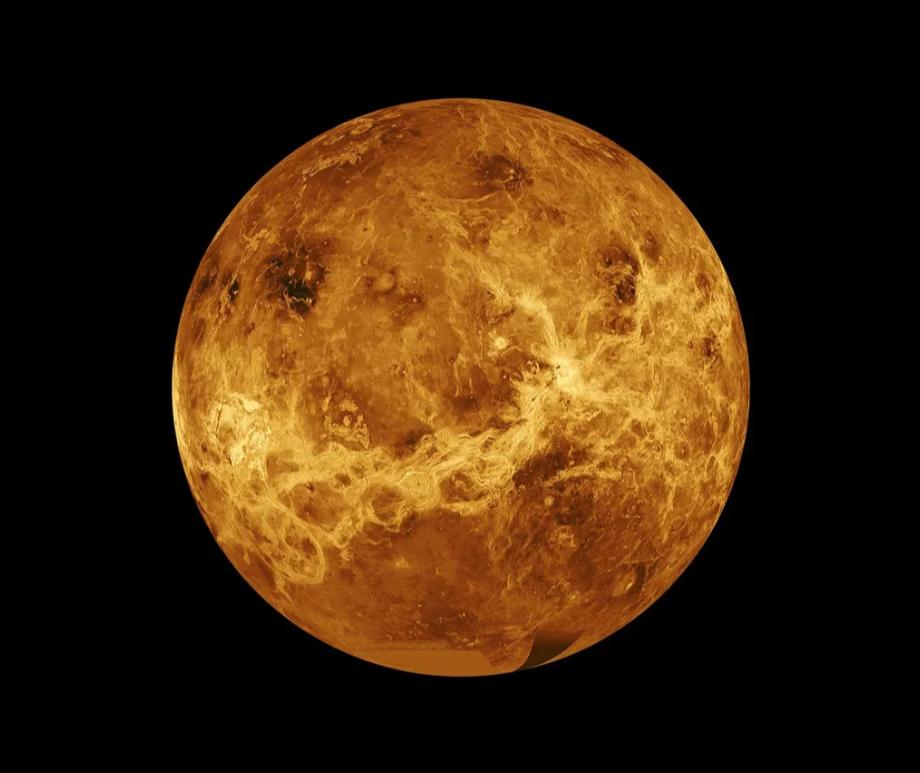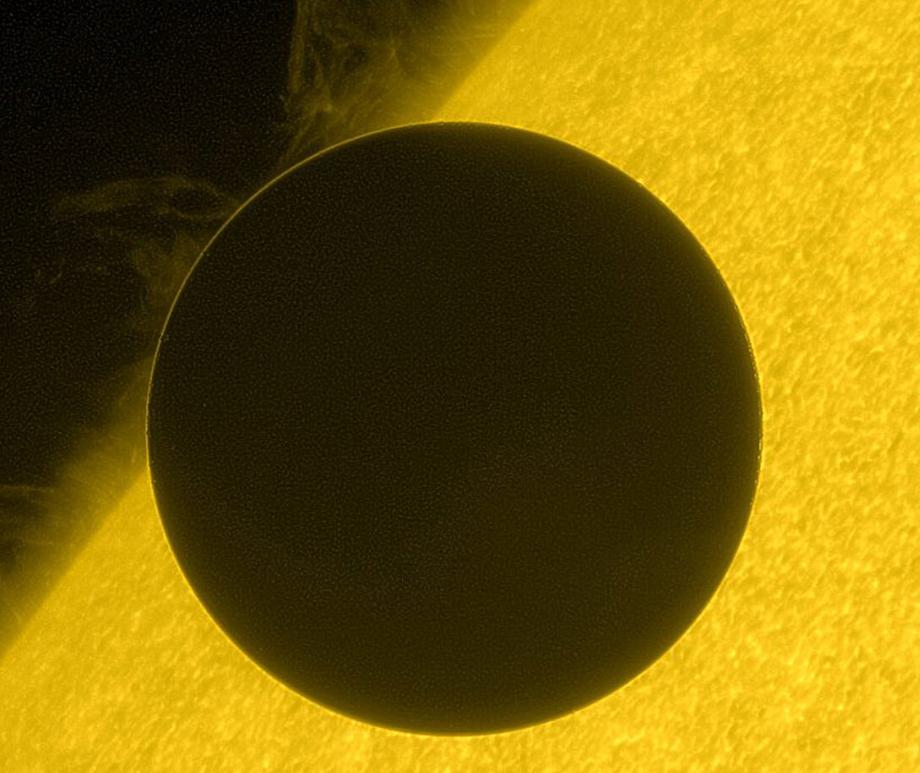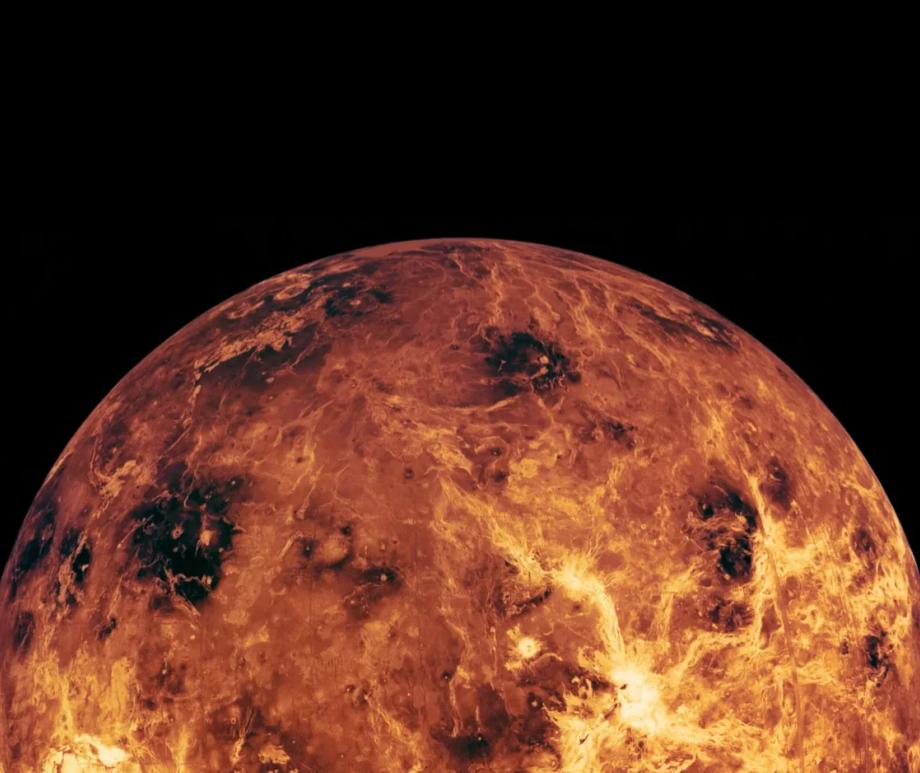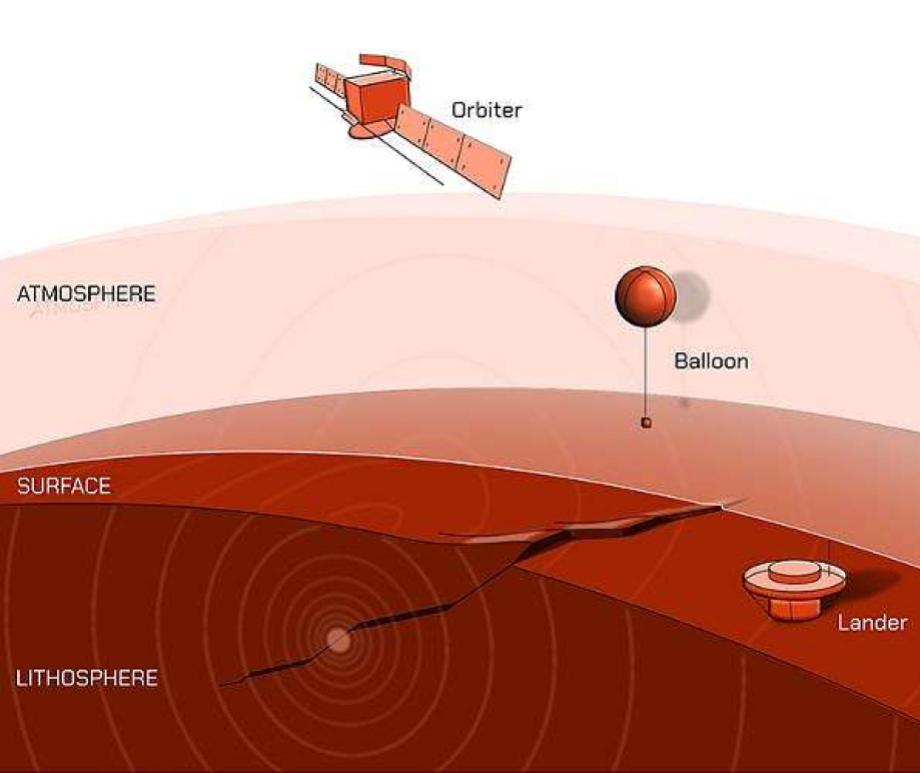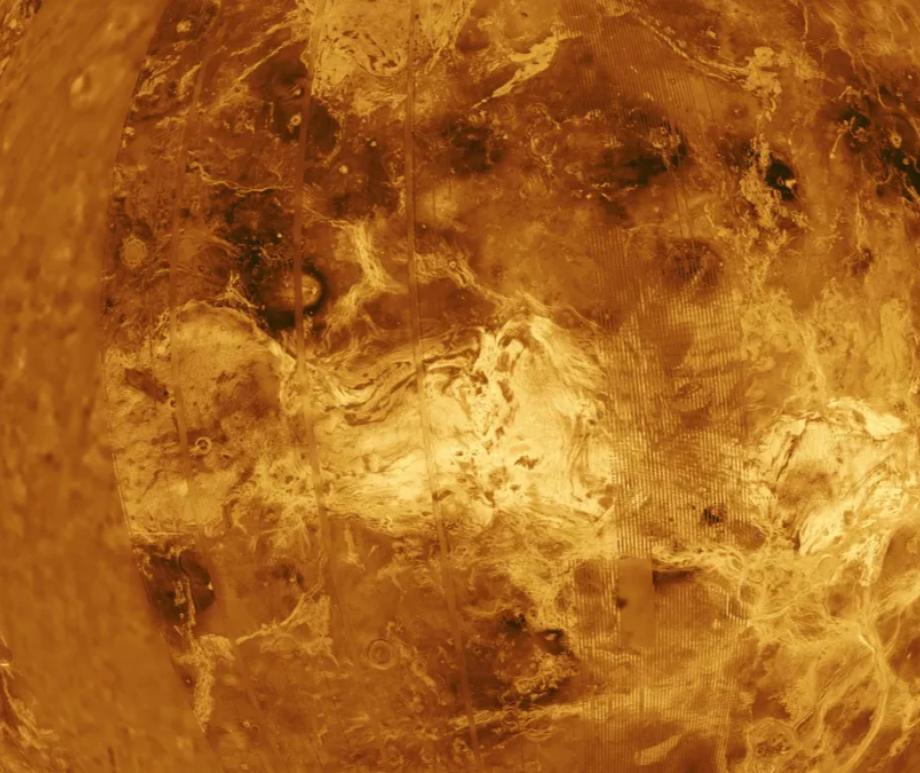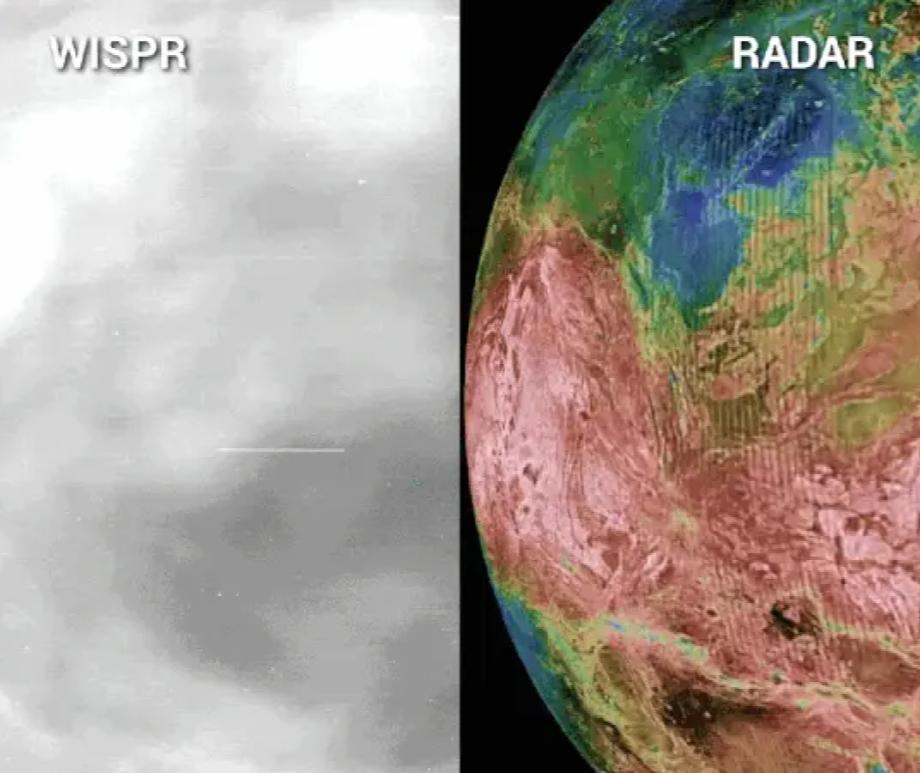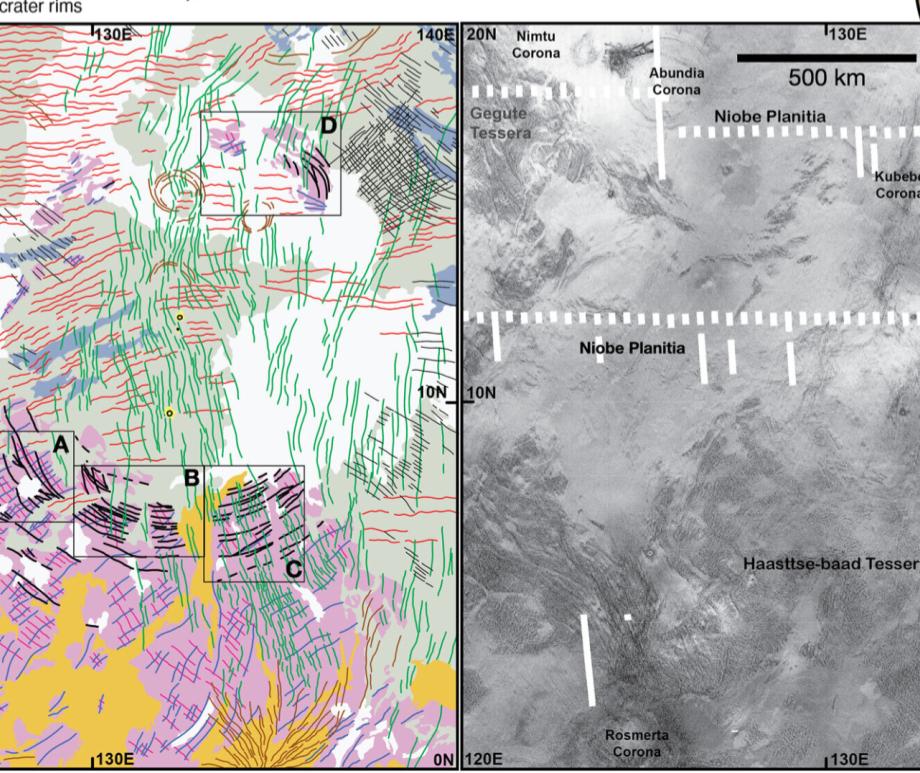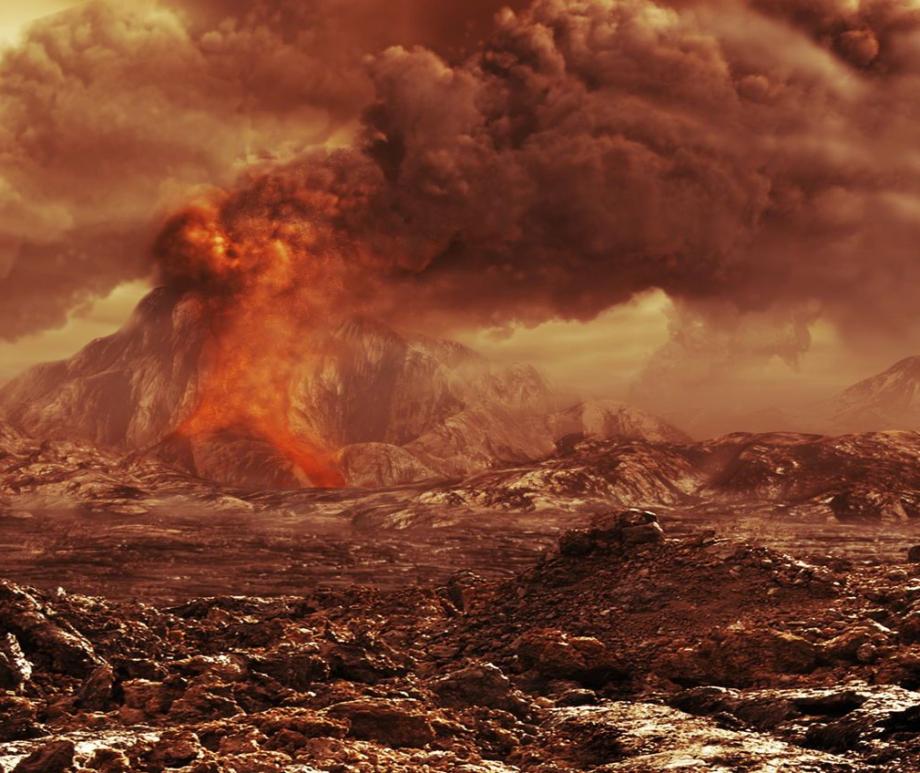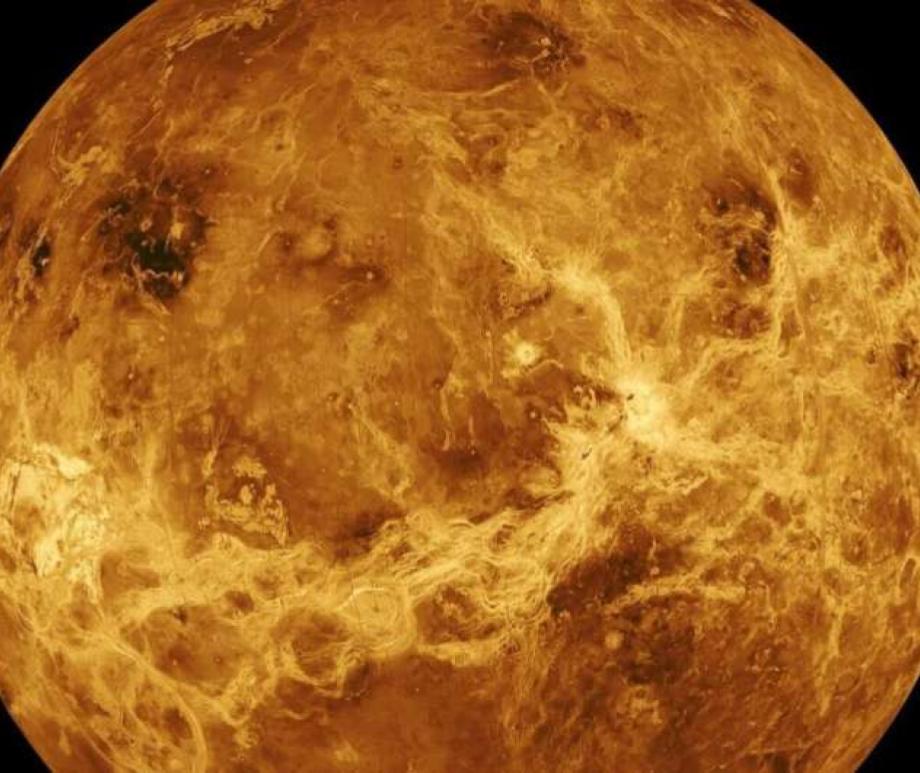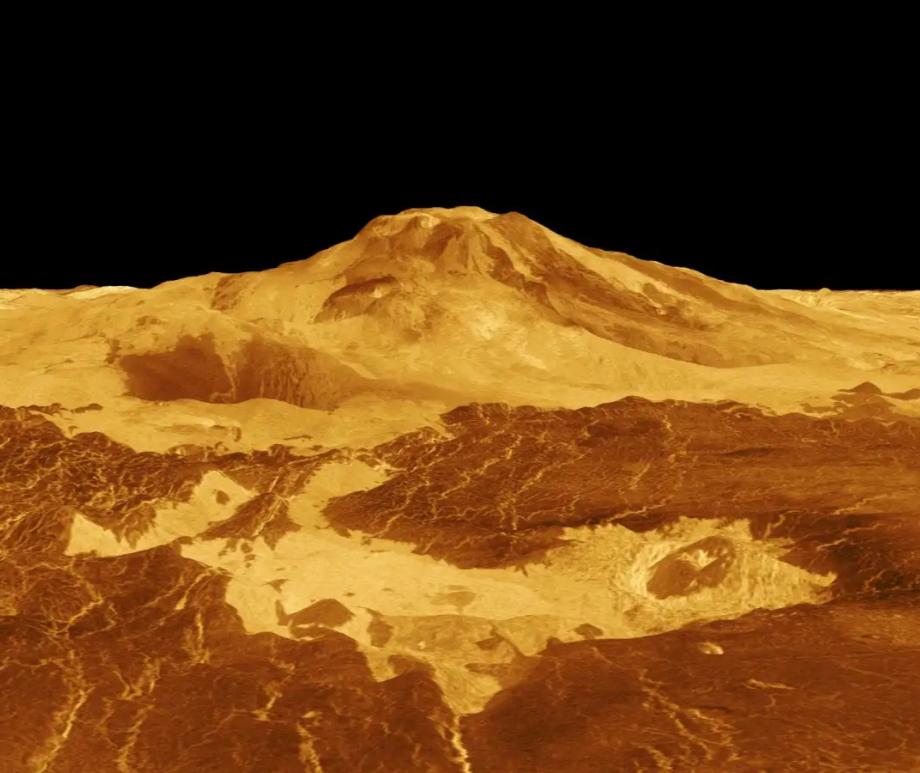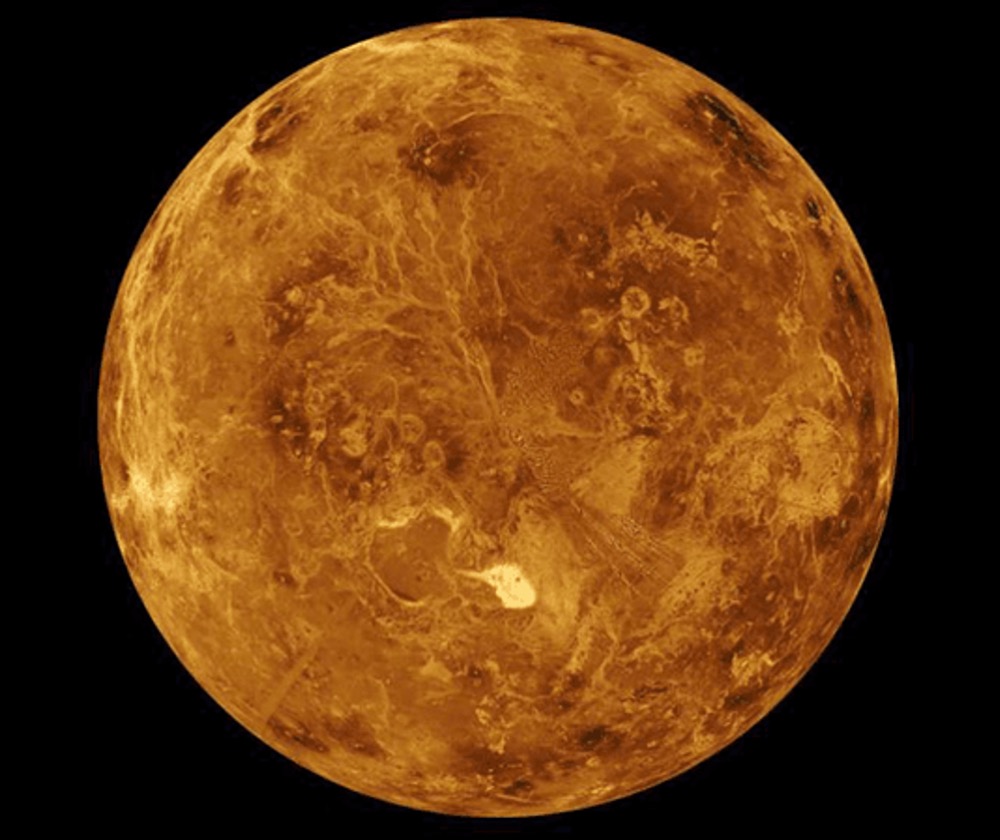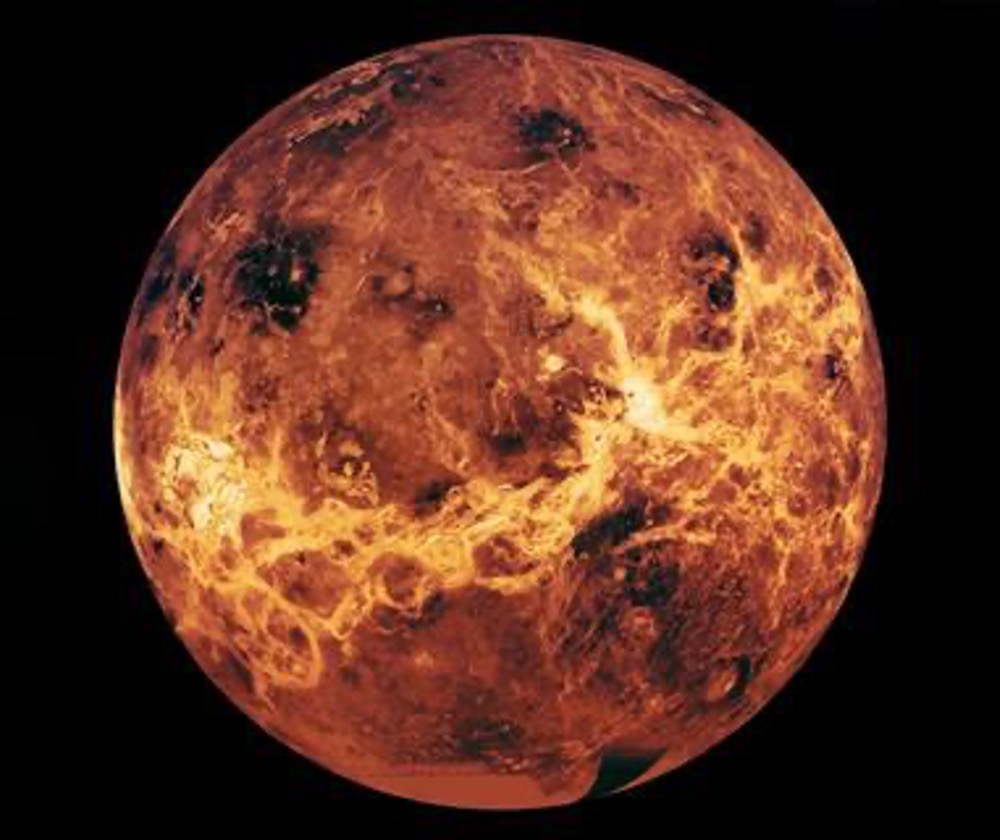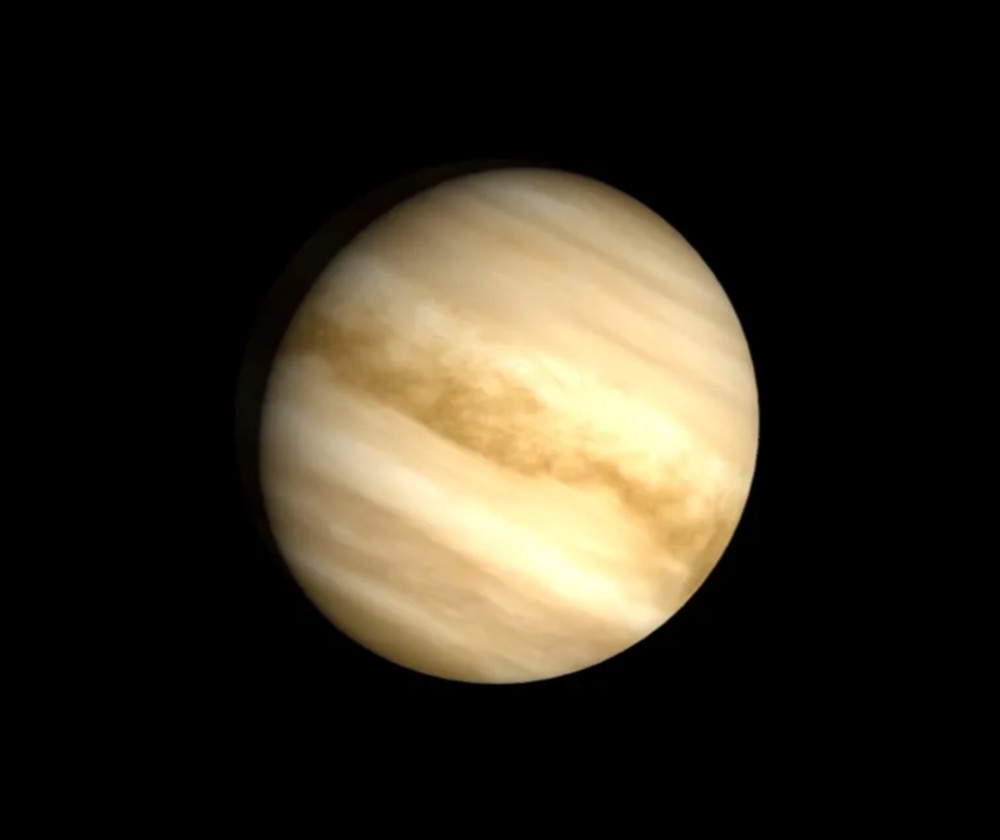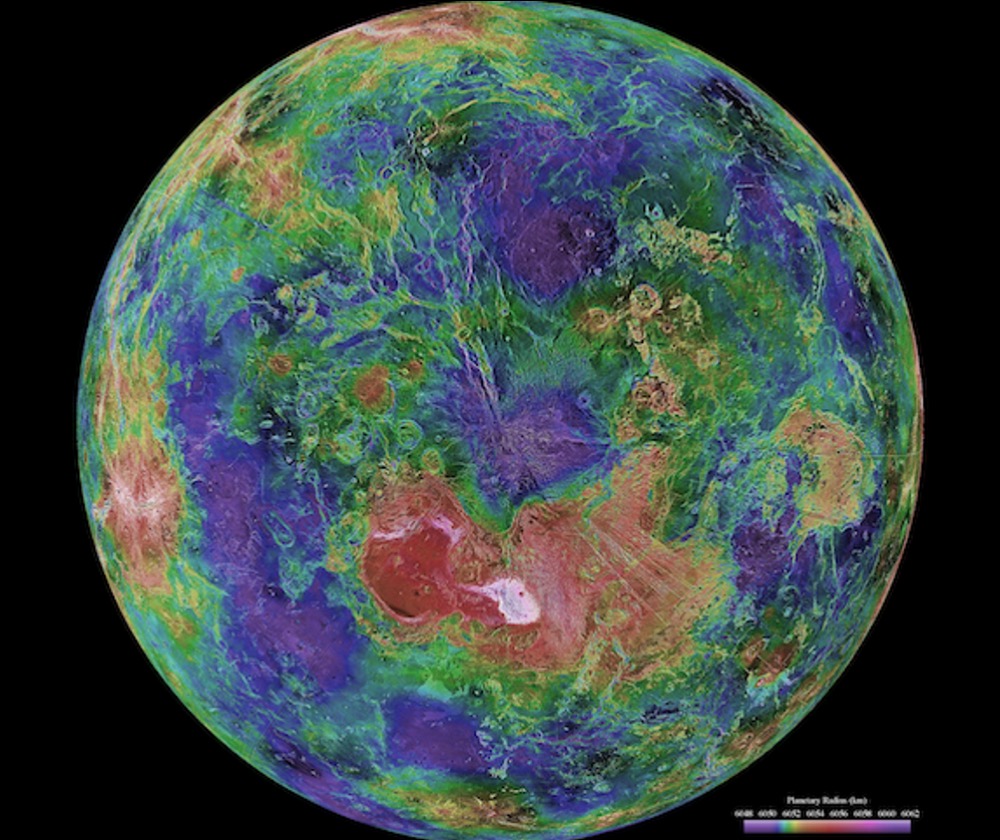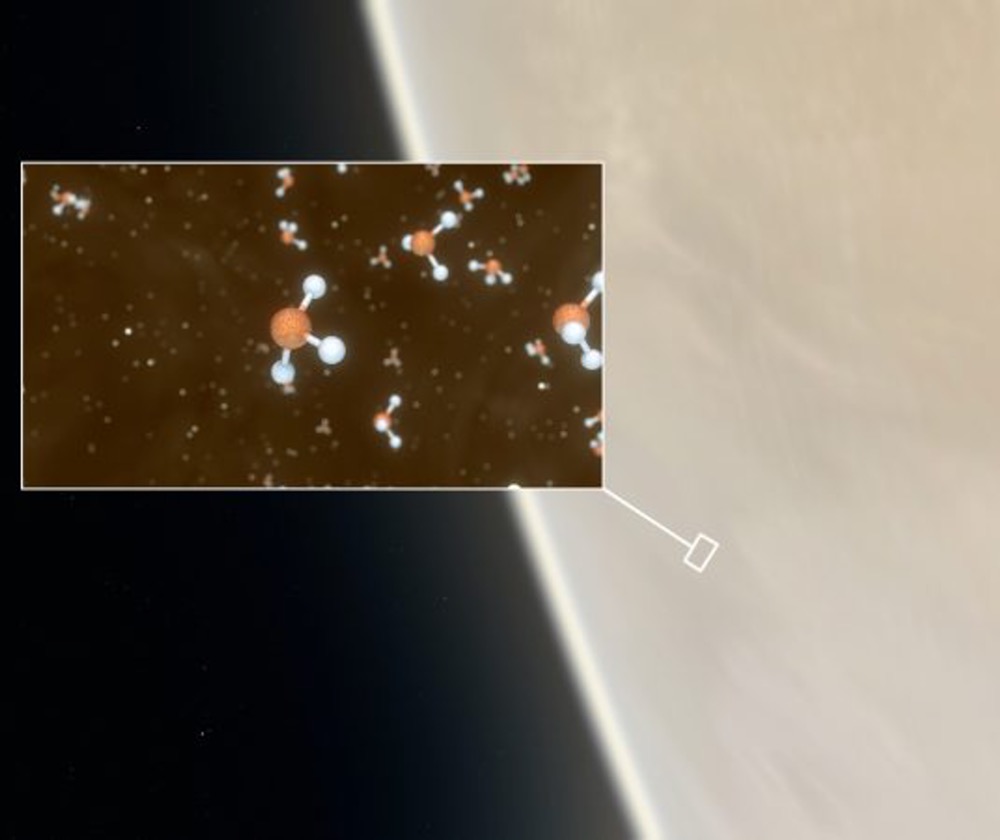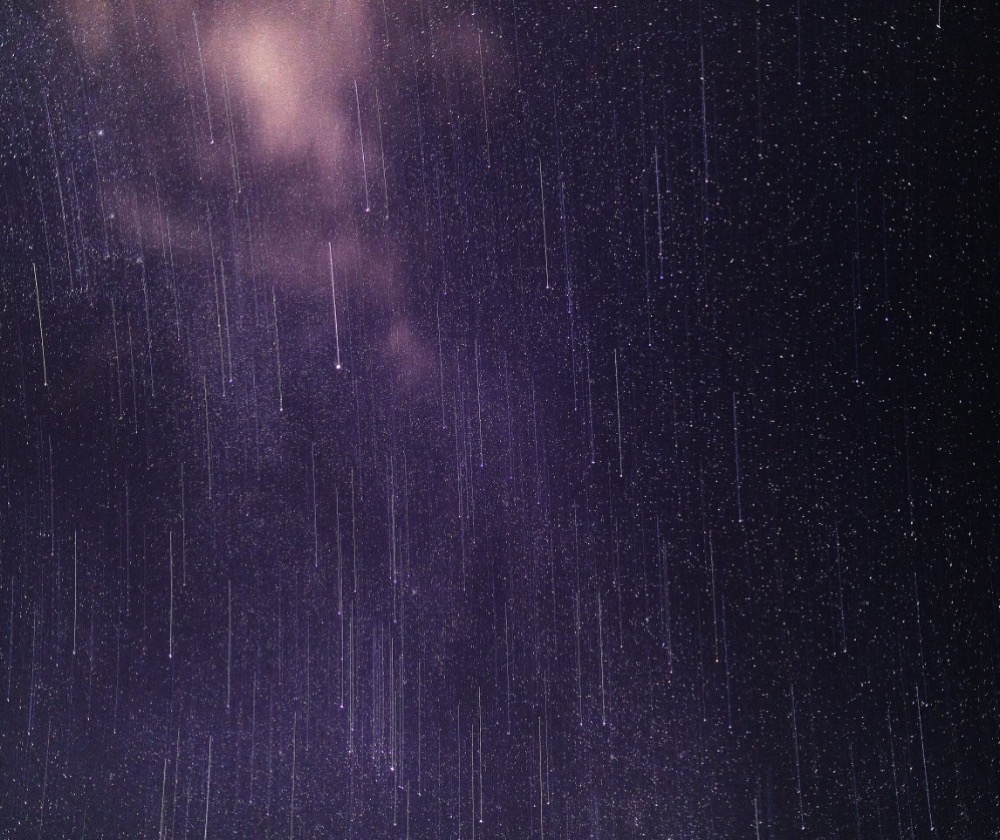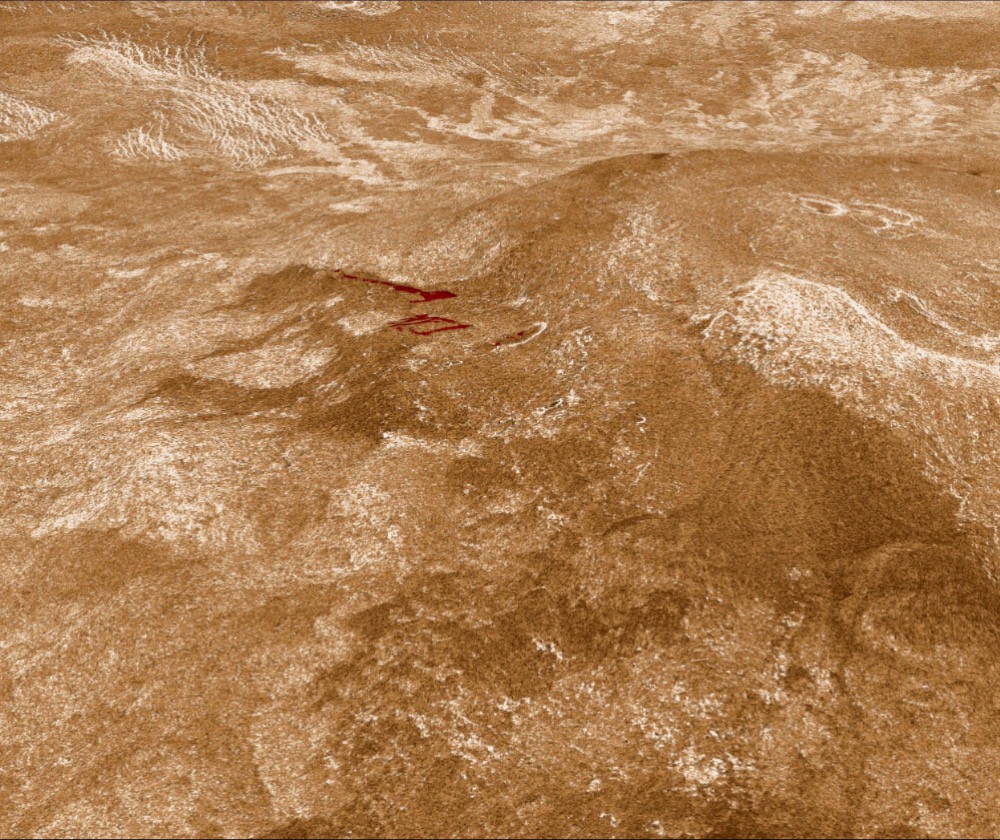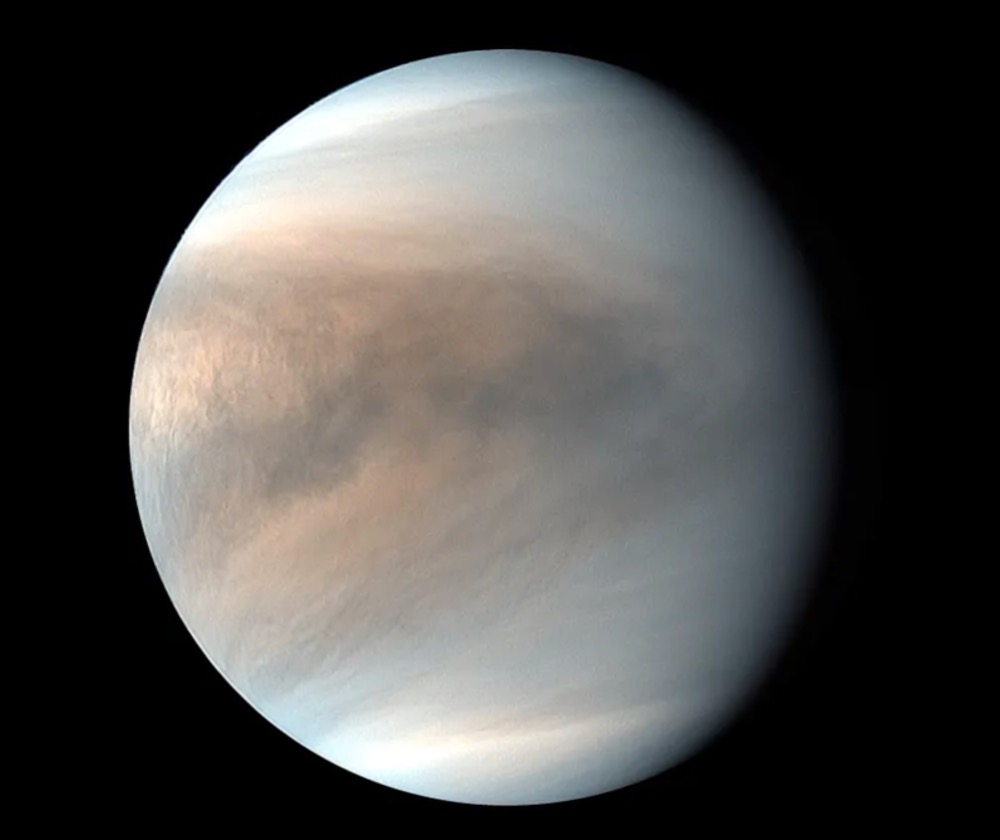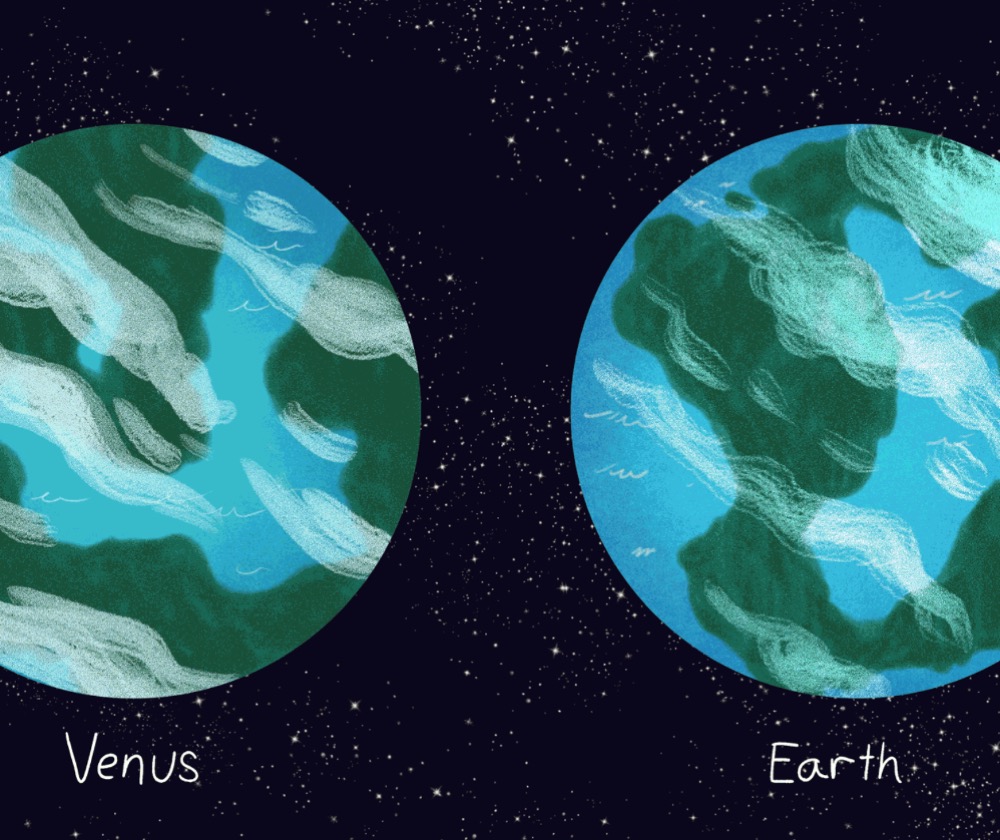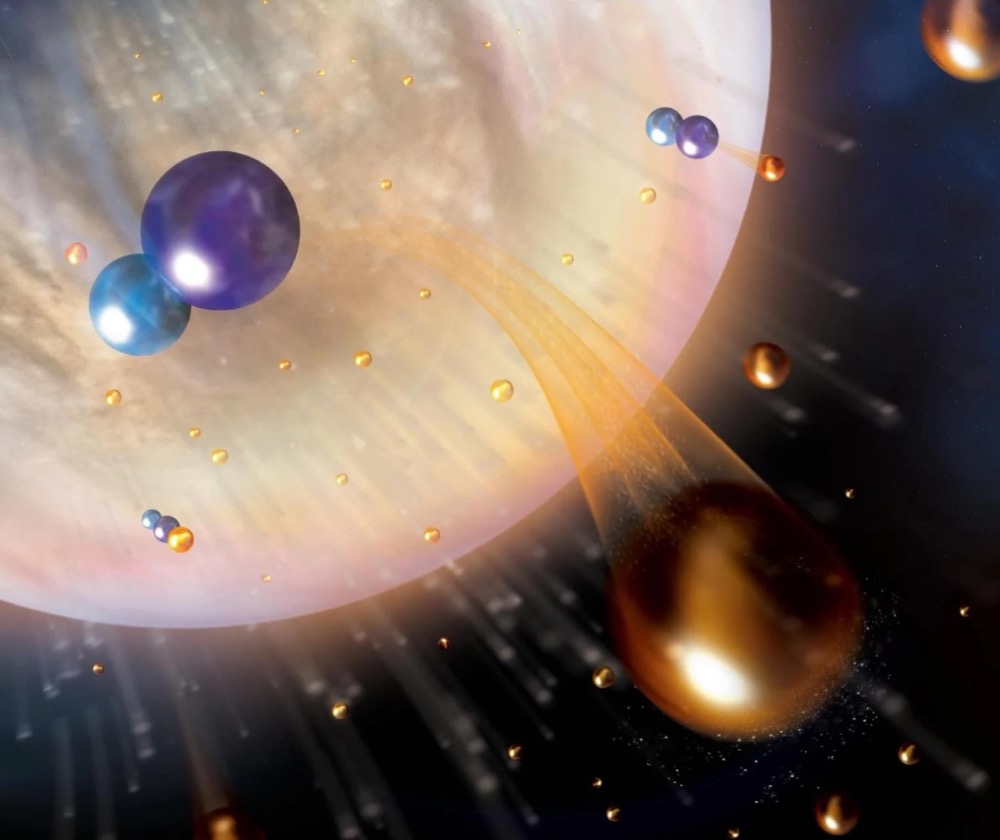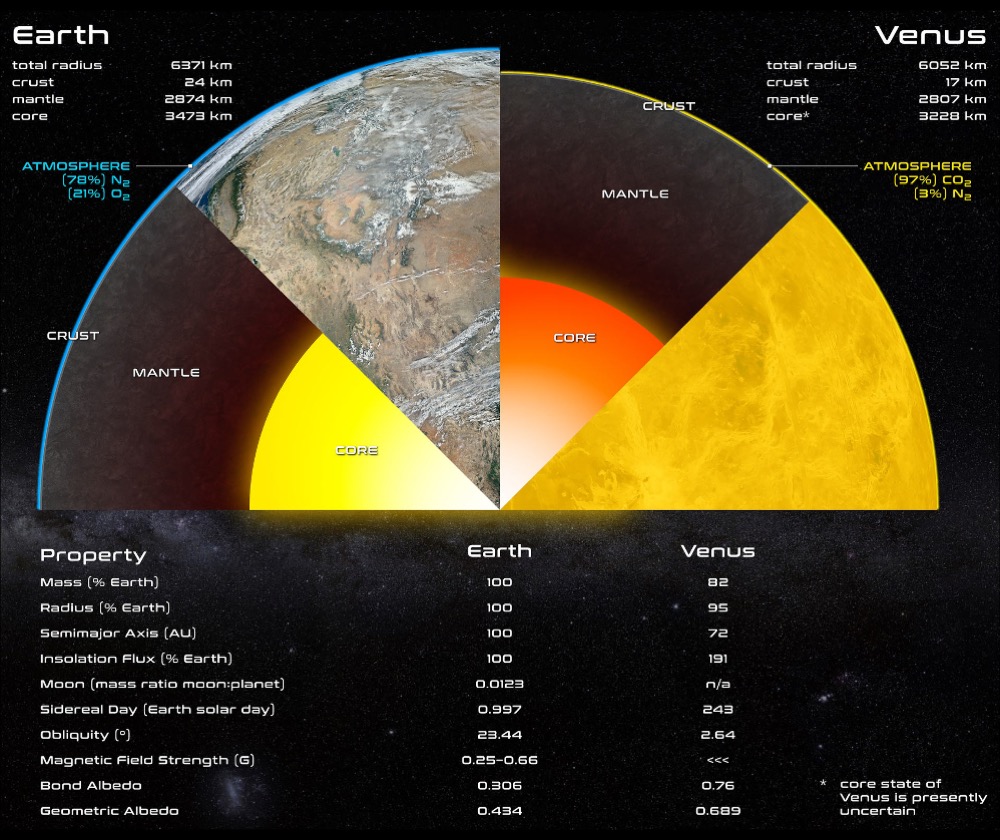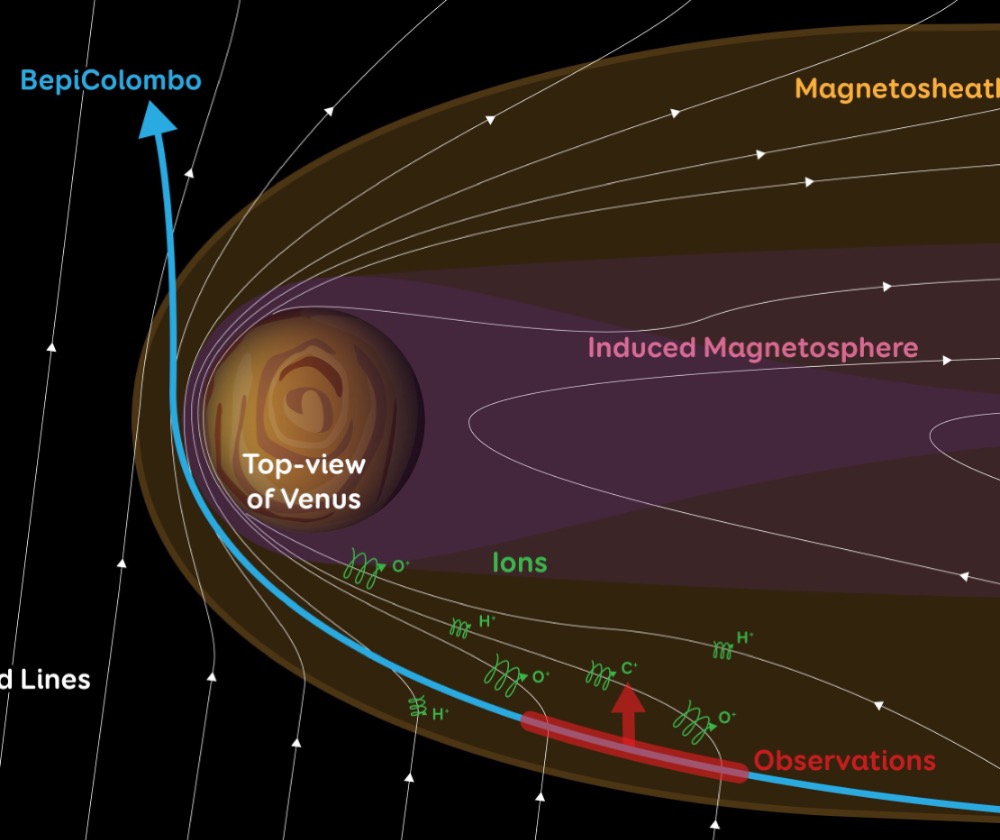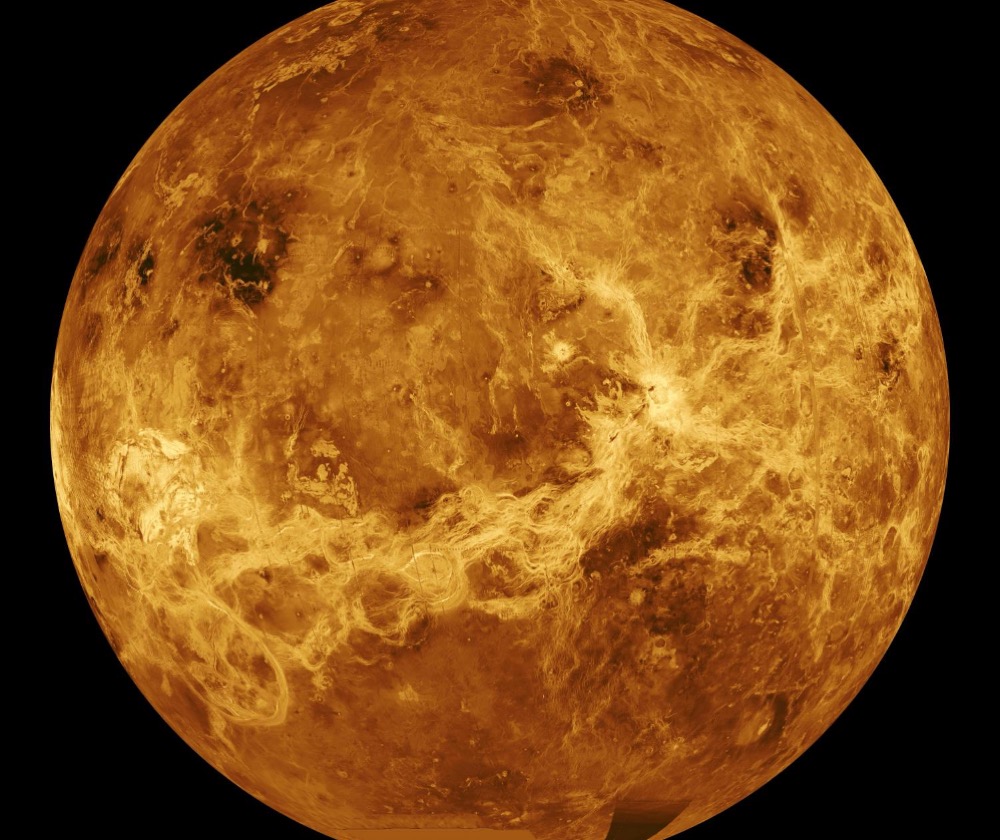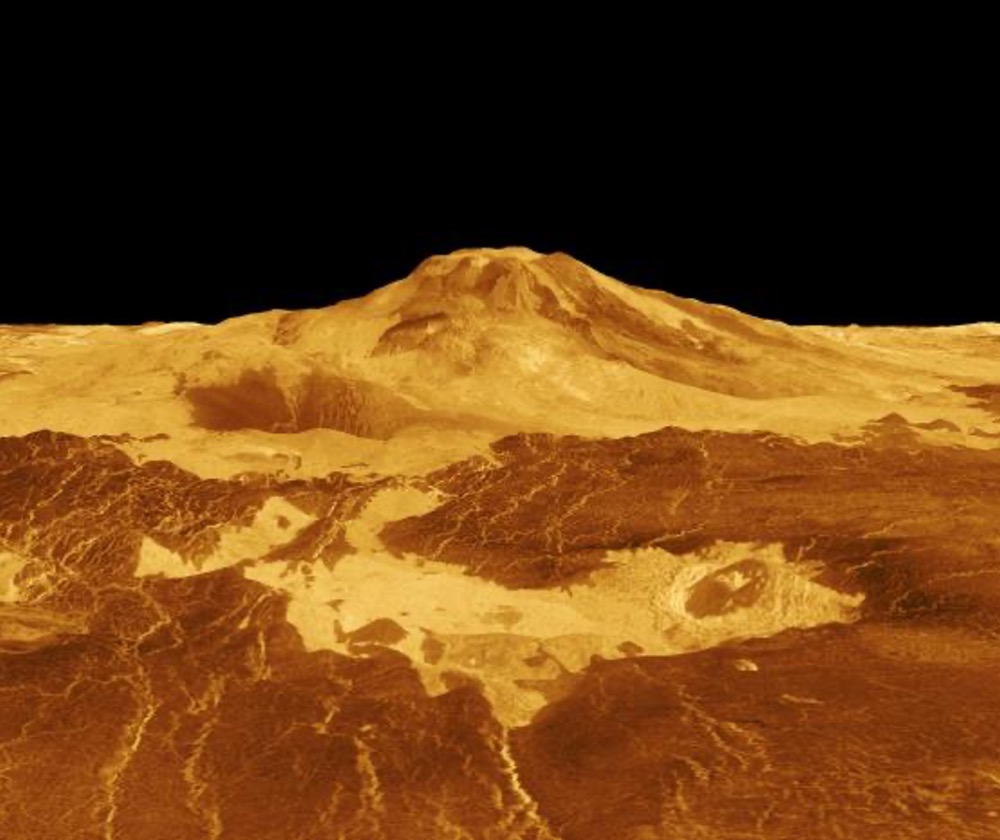Was Venus Ever Earth-Like?
For rocky planets, we usually rely heavily on geology to reveal their history. Not only is Venus’ surface incredibly hard to study, given the extreme environmental conditions, but there appears to have been a global catastrophic event around 1 billion years ago that remade the surface, destroying nearly all rocks from before the event. However, there is something that survived the event - the atmosphere! This event likely changed the atmosphere dramatically, setting in motion a transformation into the hellish world we see today. By modeling the atmosphere and running back the clock, we find Venus could have had a thinner atmosphere that would have trapped less heat. Together with a younger Sun that was 30% dimmer, this would have allowed liquid water to form vast oceans. Interestingly, water vapor clouds formed from these oceans may have blocked enough sunlight to make this early Venus a little cooler than Earth is today. Read More
Latest News About Venus
Fascinating Facts About Venus
Compare Venus to Earth
Venus vs Earth
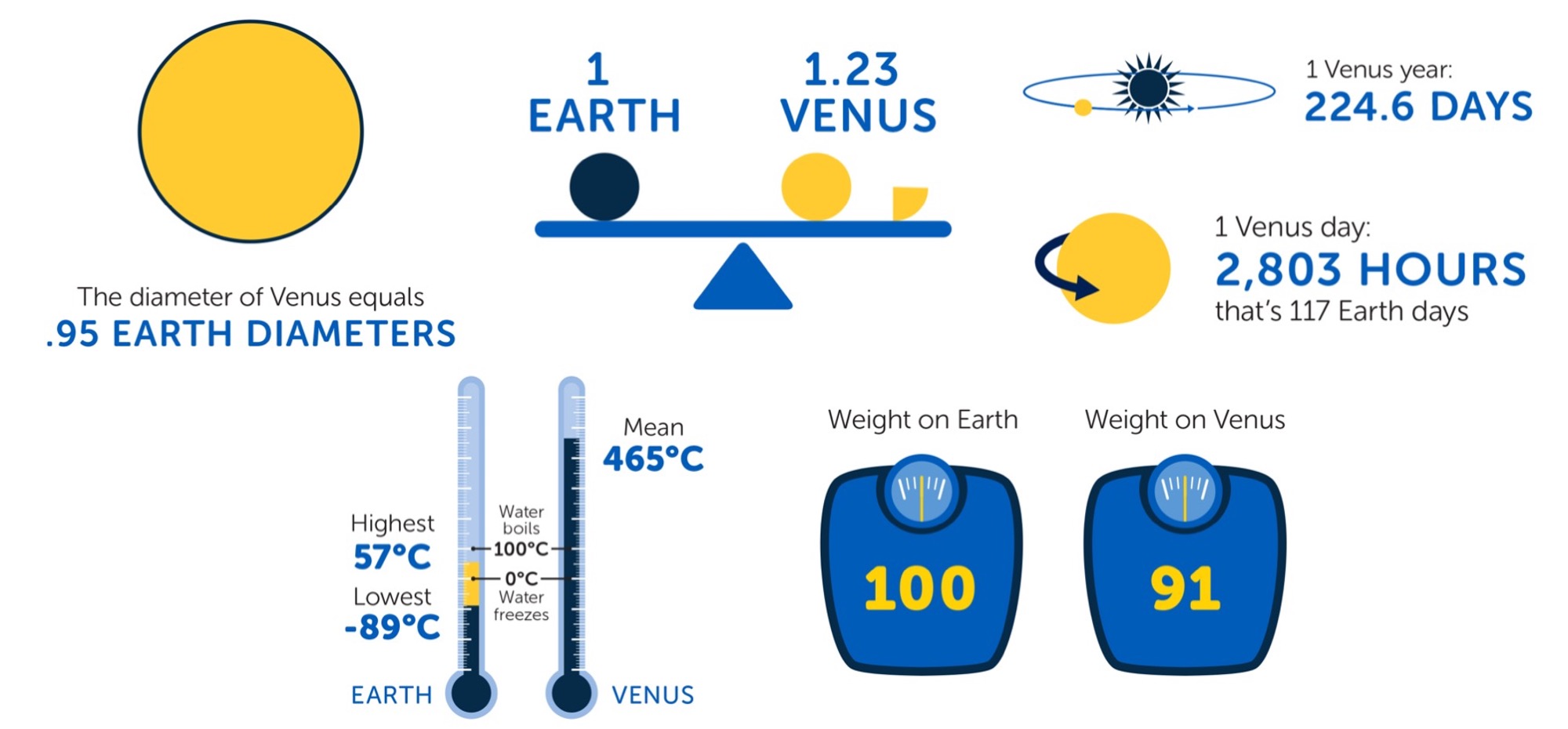
- From the cloud tops, the Sun appears about one and a half times as large as it does from Earth and sunlight is about 2 times brighter. At the surface the Sun cannot be seen through the cloud cover and sunlight is dimmed significantly.
- To human eyes, Venus appears a nearly featureless white orb. Cloud features can be seen in spacecraft imagery by looking beyond visible light in either infrared or ultraviolet light.
- It rotates in the opposite direction to the other planets, and takes a little longer to spin once than to go around the Sun. This slow backward rotation has a curious effect: there are about two day/night cycles per Venus year, even though it only spins around once in that time.
- Its winds are super-rotational, meaning they move faster than the planet rotates, reaching speeds of 400 kph (250 mph). On Earth, for winds to be super-rotational, they would have to be traveling at over 1600 kph (1000 mph).
- Because its thick atmosphere is so effective at holding on to heat, the surface temperature does not vary much between night and day or from equator to pole. The planet also has almost no tilt, so there are no seasonal changes either.
- The atmospheric pressure at the surface is 92 times greater than Earth’s, equivalent to the pressure felt at 1 km deep in the ocean on Earth. Think of it like the weight of a small car pressing down on your thumbnail.
- It is named after the Roman goddess of love and beauty, and is the only major planet in the Solar System to be named after a female diety.
Missions
Akatsuki/ Planet-C (2010)
JAXA mission to study weather patterns on Venus
Venus Express (2005)
ESA mission to study Venus’ atmosphere and clouds
Magellan (1989)
Mission to make radar maps of Venusian surface
Vega 1 & 2 (1984)
Soviet Union mission to deliver landers and balloons to Venus
Pioneer Venus (1978)
Mission to investigate solar wind in the Venusian environment
Mariner 10 (1973)
Flyby mission to Venus and Mercury
Mariner 5 (1967)
Mission to collect data on Venus’ atmosphere, radiation and magnetic field
Mariner 2 (1962)
First Venus flyby
Venera Missions (1961-1983)
Soviet Union missions to orbit Venus, probe the atmosphere or reach the surface
